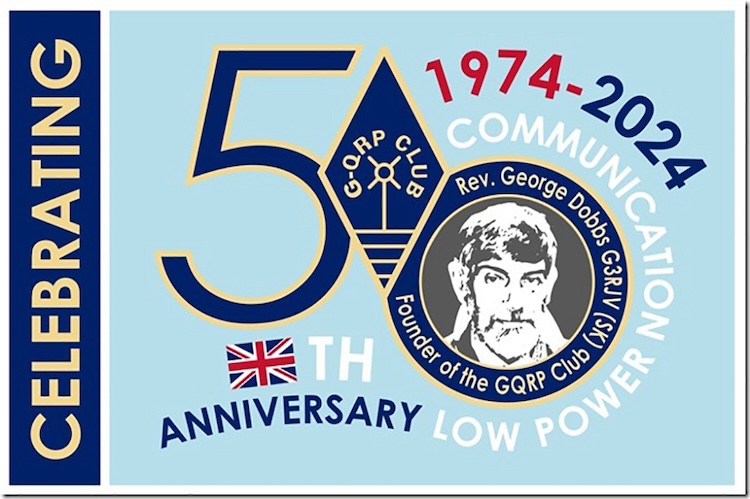Reboot
From chapter one of CALLING CQ, written by Clinton B. DeSoto and published in 1941:
Calling CQ! Calling CQ to any amateur radio station!” A thousand times a night that call goes ringing out over the crowded amateur air lanes. It is the general call to any station–an invitation to any other amateur operator who might be listening to step up and chew the rag about anything and everything under the sun.
It is the trademark of the radio hams–that adventurous crew who roam the world at will, a band of good fellows, happy convivial, carefree. This book is their story. In it are tales of their adventures on earth and in the air. Tales of amateur radio….
Then–the question may be heard–what is this amateur radio? What’s it all about? What is it like to be an amateur short-wave operator? Well, it’s like this….
According to the official definition, amateur radio is “radio communication between amateur stations solely with a personal aim and without pecuniary interest.” A comparable definition might describe a diamond as a “carboniferous solid.” Yet, properly mounted, a diamond is a many-faceted gem of dazzling beauty. Amateur radio, too, has many facets.
This is one facet of amateur radio: it is a hobby. “The ordinary life of the ordinary man from whence spring the great majority of hams is a dull, drab and somewhat dreary struggle,” according to one amateur. “Psychologists tell us that periodically one should drop his work for awhile and try something else, that if it be interesting enough one will usually return with renewed interest and zest.” Then this amateur, a successful professional man, continues: “Amateur radio is my hobby. In its pursuit I find the balm of Gilead.”
“Being an amateur gives me the chance to meet people I would otherwise never meet,” says one. “That’s part of it. There’s more to it than that though. If I build a new amplifier or something and make it work I feel that I’m creating something. When I hook up a rig I’ve just finished and I push the key and a fellow in the next state answers me–all this with things I have made with my own hands–why, then I feel like I have accomplished something sort of worthwhile.”
He finds amateur radio “the means of communications with others on equal terms, of finding friendship, adventure and prestige while seated at one’s own fireside,” according to Dr Raymond V. Bowers. “In picking his human contacts out of the air, the amateur is not seen by them…. He is not known by the company he keeps nor by the clothes he wears, but by the signal he emits.
He enters a new world whose qualifications for success are within his reach. A good homemade set gives him more prestige than a commercially manufactured one. There are no century-old class prejudices to impede his progress. He enters a thoroughly democratic world where he rises or falls by his own efforts. When he is W9XYZ the beginner the radio elders help him willingly and when he becomes W9XYZ the record breaker and efficient traffic handler he willingly helps the younger generation. Without a pedigree, a chauffeur or an old master decorating his living room he can become a prince–of the air. At the close of the day, filled with the monotonous routine of the machine age, he can find adventure, vicarious travel, prestige and friendship by throwing in the switch and pounding his signals into the air…”




